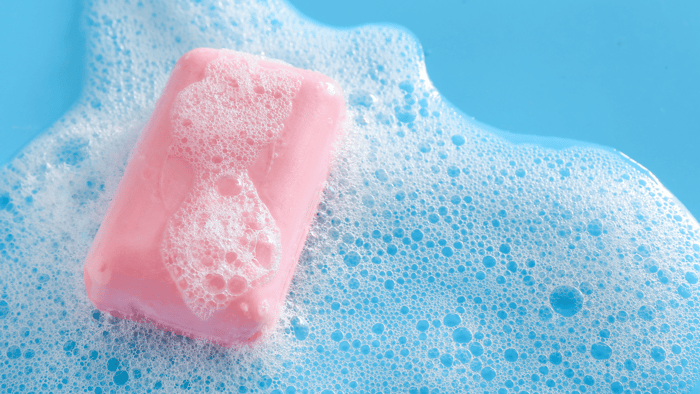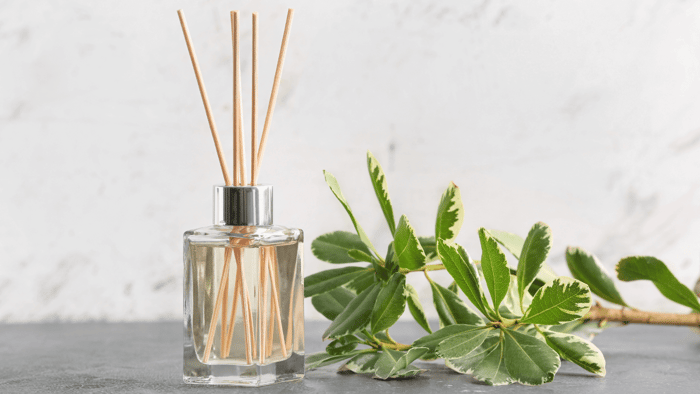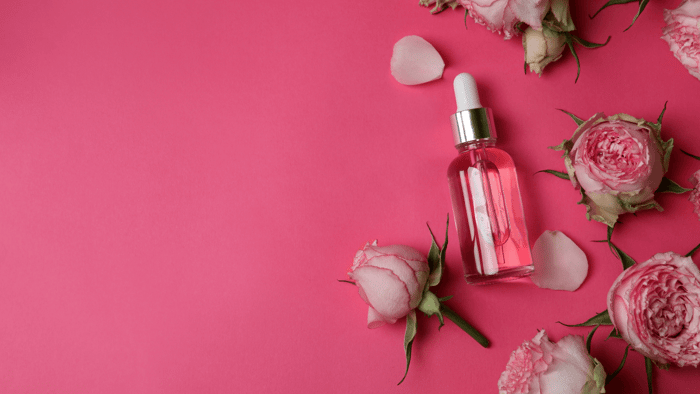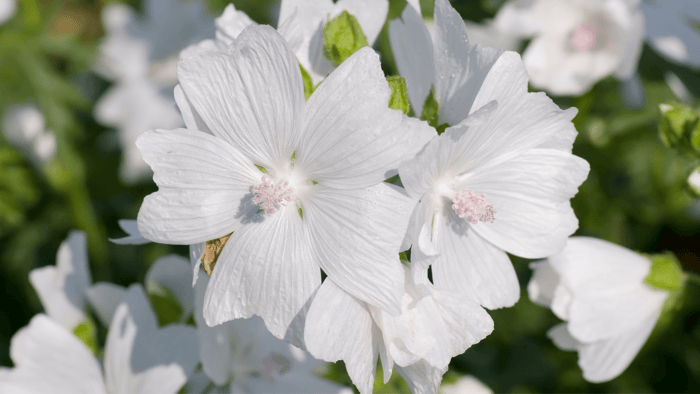If you’ve ever crafted a beautiful bar of soap only to find it covered in tiny beads of moisture, don’t worry - you’re not alone! 'Why is my soap sweating?' Now, this is a common question many soap makers ask, especially those working with Melt and Pour soap bases. But what exactly causes it, and how can you prevent it? Let’s dive into the world of soap making and uncover the reasons behind soap sweating, along with effective fixes to keep your soaps looking flawless!
What Is Soap Sweating?
Soap sweating, also known as glycerin dew, occurs when moisture from the air collects on the surface of your soap. This happens because glycerin, a humectant naturally present in soap, attracts water from the surrounding environment. The result? A slightly wet, dewy, or sticky layer that can make your soap look less appealing.
While soap sweating doesn’t affect the quality or usability of your soap, it can impact its aesthetic and shelf life. If you’ve ever wondered, why is my soap sweating?, understanding its causes is the first step in preventing it.
Why Is My Soap Sweating?
Have you ever seen those little beads of liquid on the surface of your soap and wondered why is my soap sweating? Well, there's a simply explanation. Several factors contribute to soap sweating, including humidity, glycerin content, storage conditions, and the ingredients you use. Let’s break them down:
High Humidity - If you live in a humid climate, your soap is more likely to sweat. The higher the humidity, the more moisture is available in the air, making it easier for glycerin to draw in water. This is especially common in warmer months or regions with tropical weather conditions.
Glycerin Content in Soap - Glycerin is a fantastic ingredient in soap because it helps retain moisture, keeping the skin hydrated. However, because it’s a humectant, it also pulls water from the air, leading to visible beads of moisture on the soap’s surface. Melt and Pour soaps contain high levels of glycerin, which is why they are more prone to sweating compared to cold process or hot process soaps. If you've ever asked yourself, why is my soap sweating? - the high glycerin content in your soap could be the answer.
Improper Storage - Storing soap in an environment with fluctuating temperatures or excessive moisture can contribute to sweating. If you leave your soaps uncovered for long periods, they will absorb moisture from the air, leading to unwanted condensation.
Overuse of Fragrance Oils - Fragrance oils are a popular addition to handmade soaps, but adding too much can alter the consistency of your soap and affect how it interacts with moisture in the air. Using the correct amount ensures the soap remains stable and prevents excess sweating.
Rapid Cooling After Pouring - If your soap cools too quickly after being poured, condensation can form, leading to sweating. This is often an issue when working in colder environments or using a fan to speed up the cooling process.
How to Prevent Soap Sweating
Now that we know what causes soap sweating, let’s talk about how to prevent it. Here are some tried-and-tested solutions to keep your soaps dry and beautiful:
Wrap Your Soap Properly - One of the best ways to prevent soap sweating is to wrap each bar tightly in plastic wrap as soon as it has fully hardened. This creates a barrier that prevents moisture from reaching the soap’s surface. Shrink wrap is another effective option as it provides an airtight seal while maintaining the soap’s professional appearance.
Store Soap in a Dry Environment - Keeping your soap in a cool, dry place with minimal humidity is key to preventing sweating. If you live in a humid area, consider using a dehumidifier in your soap storage space. Airtight containers can also help protect soaps from excess moisture exposure.
Use a Silica Gel Pack - Adding silica gel packets to your soap storage area can help absorb excess moisture in the air, reducing the chances of sweating. These are particularly useful for soap makers who store large batches of soap for extended periods.
Control Fragrance Oil Usage - While fragrance oils add wonderful scents to your soaps, using them in excessive amounts can contribute to moisture-related issues. Stick to recommended usage rates, typically between 3-6% of the total weight of your soap base.
Allow Proper Curing Time - Although melt and pour soaps don’t require curing like cold process soaps, letting them sit in a controlled environment for a day or two before wrapping can help reduce moisture buildup. Cold process soaps should cure for 4-6 weeks to allow excess water to evaporate fully.
Avoid Refrigeration or Freezing - Some soap makers try to speed up the setting process by placing their soaps in the fridge or freezer. While this can work for some recipes, it often leads to condensation issues, causing sweating when the soap returns to room temperature. If you’ve tried cooling your soap this way and later asked, why is my soap sweating?, now you know why!
Fixing Sweaty Soap
If your soap is already sweating, don’t panic! Here’s how to fix it:
Wipe It Down - Using a clean, dry paper towel, gently wipe the surface of your soap to remove any moisture beads. If your soap is excessively wet, let it sit in a dry area for a few hours before wiping.
Let It Air Dry - Place the soap in a well-ventilated, dry area and allow it to dry naturally. Avoid placing it in direct sunlight, as this can cause softening or warping.
Re-Wrap and Store Properly - Once the soap is dry, wrap it securely in plastic wrap or store it in an airtight container to prevent further sweating. If possible, store the soap in a temperature-controlled room.
Use Cornstarch or Arrowroot Powder - Lightly dusting sweaty soap with cornstarch or arrowroot powder can help absorb excess moisture and prevent further sweating. This method is best for personal-use soaps rather than products intended for sale.
Best Ingredients for Reducing Soap Sweating
To help minimise sweating, consider using soap bases with lower glycerin content or additives that enhance stability. Some soap makers also experiment with adding clay powders like kaolin clay to help absorb excess moisture.
Where to Buy High-Quality Fragrance Oils for Soap Making
The quality of the ingredients you use in soap making plays a significant role in the final product. Choosing high-quality fragrance oils ensures your soap not only smells amazing but also maintains its stability.
At House of Scent, we offer premium fragrance oils specially formulated for soap making. Our oils are:
✔ High-quality and undiluted, ensuring a strong, long-lasting scent in your soaps.
✔ Compatible with melt and pour, cold process, and hot process soaps.
✔ Tested for optimal performance, reducing sweating and separation issues.
✔ Available in a wide variety of scents, from fresh florals to warm, comforting aromas.
Browse our selection today and take your soap-making to the next level!
Final Thoughts
Soap sweating is a common occurrence, especially when working with high-glycerin melt and pour bases. While it may seem like an annoying issue, it’s completely manageable with the right techniques. By controlling humidity, properly storing your soaps, and balancing ingredients like fragrance oils, you can keep your soaps looking fresh and beautiful.
So the next time you ask yourself, why is my soap sweating?, you’ll know exactly what to do!
SHOP ALL FRAGRANCE OILS






.jpg)






